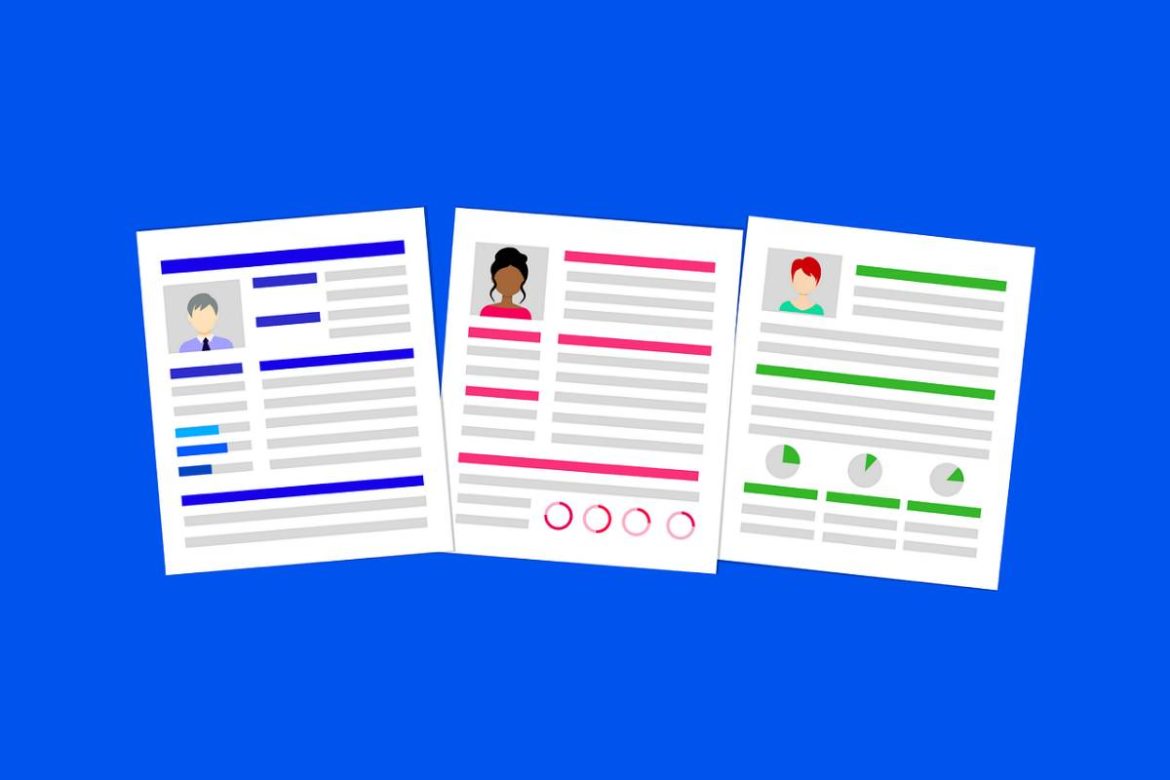In today’s competitive job market, a well-crafted resume plays a crucial role in landing your desired business analyst job. A resume serves as your first impression on potential employers, highlighting your skills, experience, and qualifications. To create a winning business analyst resume, follow this comprehensive guide that covers everything you need to know, from formatting to content organization.
Table of Contents
The Key Components of a Business Analyst Resume
Your business analyst resume should showcase your expertise, qualifications, and achievements clearly and concisely. To achieve this, it’s essential to include the following key components:
Contact Information
At the top of your resume, provide your full name, professional title (e.g., Business Analyst), phone number, email address, and LinkedIn profile URL. Check that the contact information is correct and up to date.
Professional Summary or Objective
Underneath your contact information, including a professional summary or objective statement that provides a brief overview of your skills, experience, and career goals as a business analyst.
Core Competencies
List your core competencies, including technical skills, domain knowledge, and any relevant certifications. Be specific and focus on the skills that are most relevant to the business analyst job you’re pursuing.
Professional Experience
Start with your most recent or present position and work your way up. Include the name of the company, your job title, employment dates, and a bulleted list of key responsibilities and achievements. Quantify your accomplishments whenever possible to showcase the impact you made in previous roles.
Education
List your educational background, including degrees, certifications, and any specialized training related to business analysis.
Projects and Achievements
Highlight specific projects or initiatives you’ve worked on that demonstrate your expertise and achievements as a business analyst. Describe the project objectives, your role, challenges faced, and measurable outcomes.
Technical Skills
Provide a separate section to highlight your technical skills, including software, programming languages, data analysis tools, and any other relevant technologies. This section helps employers quickly identify your technical proficiency.
Formatting and Design Tips for an Eye-Catching Resume
An aesthetically pleasing and well-organized resume will grab the attention of hiring managers. Consider the following tips to enhance the formatting and design of your business analyst resume:
Keep It Clean and Professional
Use a clean and professional font such as Arial, Calibri, or Times New Roman. Ensure the font size is legible and consistent throughout the document.
Use Bulleted Lists
Utilize bullet points to present your responsibilities, achievements, and skills. This enhances readability and makes it easier for recruiters to scan your resume.
Optimize White Space
Leave sufficient white space between sections and use appropriate margins. This improves the visual appeal of your resume and makes it easier to read.
Choose a Clear Resume Layout
Consider using a chronological or functional resume format, depending on your experience and career trajectory. Choose a layout that best highlights your strengths and aligns with the requirements of the business analyst job you’re targeting.
Incorporate Keywords
Tailor your resume to include keywords and phrases relevant to the business analyst job you’re applying for. This will help your resume pass applicant tracking systems (ATS) and increase your chances of being shortlisted.
Proofread and Edit
Thoroughly review your resume for spelling, grammar, and punctuation errors. Ask a trusted friend or colleague to provide feedback and suggestions for improvement.
FAQs
How long should my business analyst resume be?
Ideally, your business analyst resume should be one to two pages long. It should provide a comprehensive overview of your skills, experience, and qualifications without overwhelming the reader.
Should I attach a cover letter with my resume?
While a cover letter is not mandatory, it’s highly recommended to include one. A well-written cover letter allows you to personalize your application, express your interest in the business analyst job, and highlight specific reasons why you’re a strong fit for the position.
How can I tailor my resume for a specific business analyst job?
To tailor your CV, read the job description carefully and discover the main skills, credentials, and experiences that the company is looking for. Customize your resume by incorporating these keywords and highlighting relevant accomplishments that align with the job requirements.
Should I include references on my resume?
In most circumstances, references on a resume aren’t required. Instead, state that references can be obtained upon request. If an employer specifically asks for references, you can provide them separately.
Conclusion
Crafting a compelling business analyst resume is an essential step toward securing your dream job. By following this comprehensive guide, you’ll be able to create a resume that effectively showcases your skills, experience, and qualifications, increasing your chances of landing a business analyst job. Remember to tailor your resume for each application, highlight your achievements, and stay up to date with the latest trends in business analysis.



